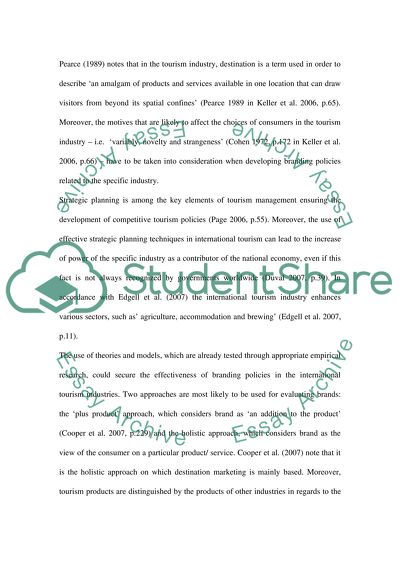Cite this document
(“Strategic Planning for International Tourism (Identify a National Essay”, n.d.)
Retrieved from https://studentshare.org/environmental-studies/1412545-strategic-planning-for-international-tourism
Retrieved from https://studentshare.org/environmental-studies/1412545-strategic-planning-for-international-tourism
(Strategic Planning for International Tourism (Identify a National Essay)
https://studentshare.org/environmental-studies/1412545-strategic-planning-for-international-tourism.
https://studentshare.org/environmental-studies/1412545-strategic-planning-for-international-tourism.
“Strategic Planning for International Tourism (Identify a National Essay”, n.d. https://studentshare.org/environmental-studies/1412545-strategic-planning-for-international-tourism.


